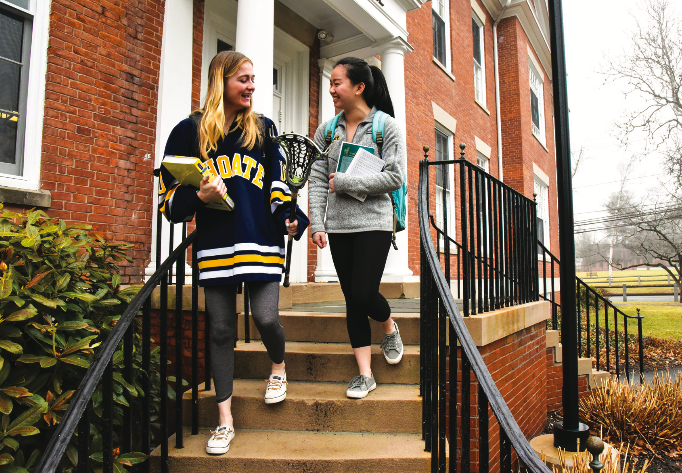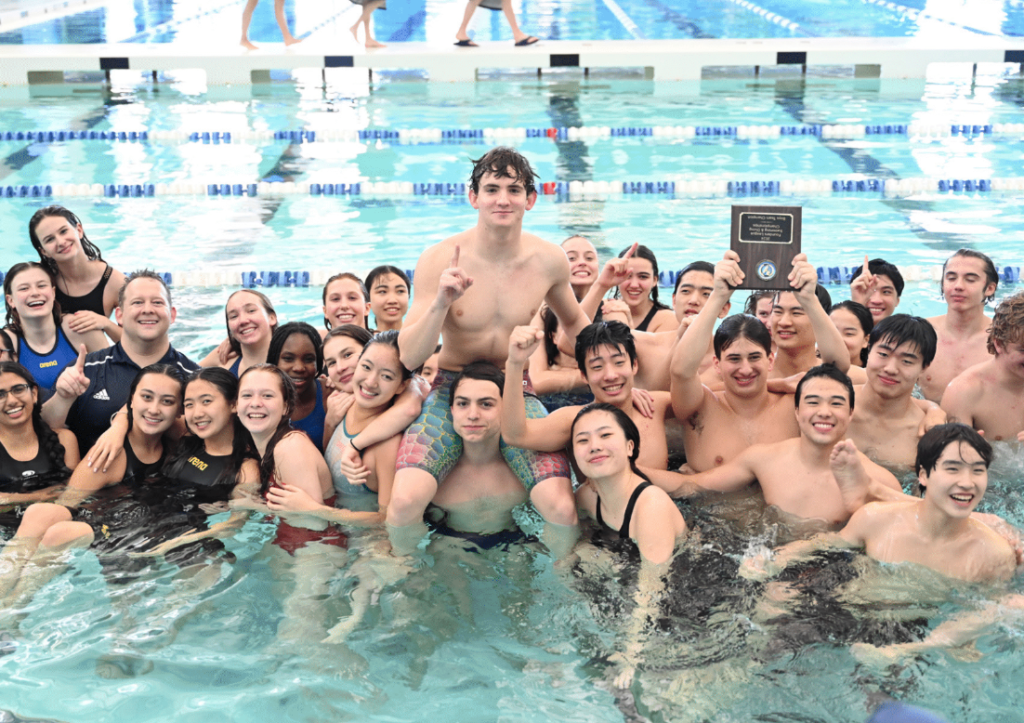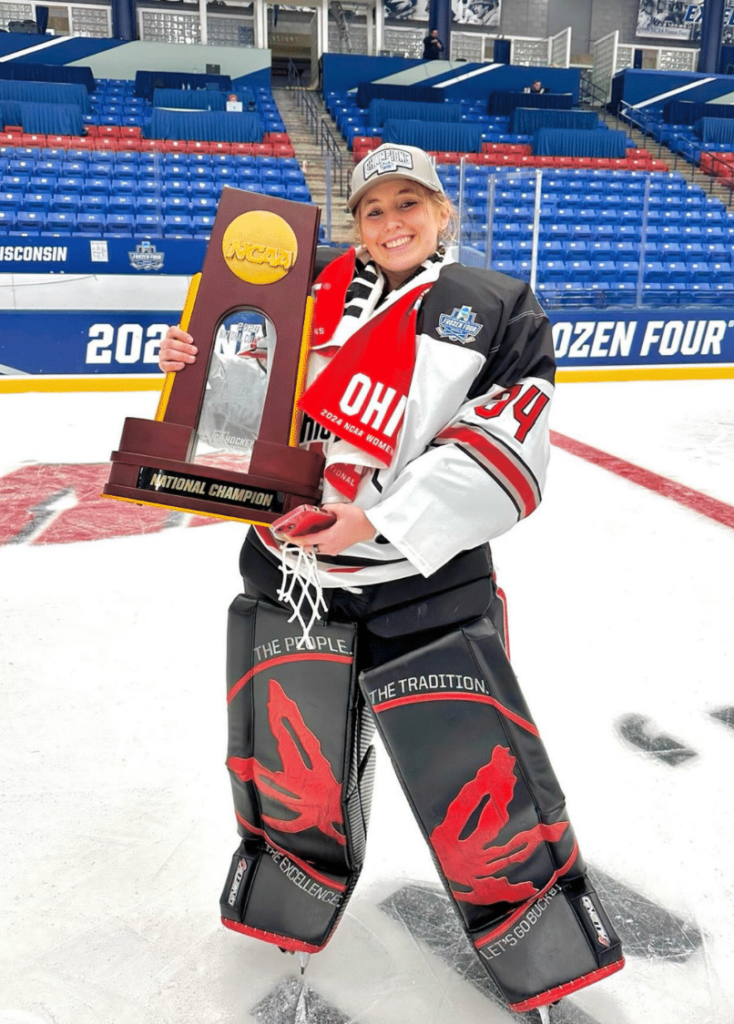For students at Choate managing all of their commitments is hard enough, but for athletes playing winter sports it gets even harder. There is a limited number of indoor facilities for athletes to practice on, so teams have to practice at unusual times. There are 4 hockey teams on campus and only one rink, so teams could start practice as early as 3:50 or end as late as 9:00. Having a practice start at 3:50 is about the best case scenario for a team as they can be done earlier and do their homework during study hours, but sometimes practice happens during study hours and players have to do homework at other times.
There are mixed feelings about the varying practice times at the rink. Regarding the practice times Boys’ Varsity Hockey player Chance Gorman ’18 said, “I usually know what days we have late practice and earlier practices. It’s not as challenging as it seems to get work done while dealing with the schedule. As long as I know what days we practice later it’s easy to get work done and to still be very committed to hockey.”
Despite Gorman’s sentiments, some players do not feel the same as they feel it is harder to do homework during the afternoon than it is during study hours at night. The study conditions are very different, as during study hours people are more focused on getting work done, while in the afternoon people are more likely to be distracted because the work isn’t due soon. For hockey players getting dressed for practice takes time, so they have to be down to the rink at least 15-30 minutes before practice. Some people arrive even earlier to the rink if they have to tape their sticks or deal with other equipment issues.
There are 7 basketball teams including intramural basketball, but there are only 2 courts, so again teams are going to have practice at inconvenient times. With a similar problem to the hockey teams the basketball teams have practice at different times depending on the day. Intramural basketball takes the later practices on non-game days, so the basketball teams don’t have to practice as late as the hockey teams do they still have an inconvenient schedule. These practice times don’t include the team meetings and watching of film that some teams do before or after practice. That takes up even more time because it is time that the athletes aren’t doing their work.
There is only one swimming team with one swimming pool, but there are a lot of swimmers on the team, and they tend to have long and difficult practices leaving them tired before they even start their homework. Practice times can vary, but they regularly start right after classes. There are 6 squash teams that need to share the courts for practice and matches, so scheduling can be hectic and complicated. Completing homework during free periods and being focused and efficient becomes even more important during the winter term. Wrestling has practice right after classes, which is probably the best time for practices for any sport. However, those practices tend to be grueling and the work in the sport doesn’t end in the wrestling room, as the wrestlers have to watch their food and drink intake to manage their weight for matches.
Choate already puts a lot of stress on its students, but during that winter term that stress becomes even greater because of the crazy athletic schedules. Boys’ Varsity Hockey player Trent Schwab ’18 commented, “It’s definitely hard to balance the two, espcially when you’re in one of your main seasons.” He added, “You just have to work around your schedule and try to find time to knock out work so you can be rested for your practices and games.”
Obviously the current system is not preferable for athletes or coaches, who don’t return to their homes from practices until after 9:00. The obvious solution to these problems is to invest in more athletic facilities; however, that seems impractical and unrealistic. Hotchkiss’ athletic center with two rinks, several basketball courts, a pool, a large number of squash courts, and a wrestling room cost about $1 billion, which seems like a huge price. Shortening practices doesn’t seem to be the solution either because teams already struggle to find enough time to practice together, and shortening practices isn’t fair to either the athletes or the coaches.
There doesn’t seem to be a better system than the one currently in place. When asked about potential improvements Gorman said, “I personally think the athletic schedules are fine the way they are. I think the only thing that could make them better would be if each day’s practice was the same time. That way there would never be any questions, and students could get into a groove that would be easy to maneuver.” It seems that all athletes can do is deal with the athletic system the way it is. The best that the athletes can do is work hard in practice and then stay focused when they have to work on their homework.
While the system works for some, there is no easy solution to solving the dilemma of student-athletes, but acknowledging there is a problem is a start.




